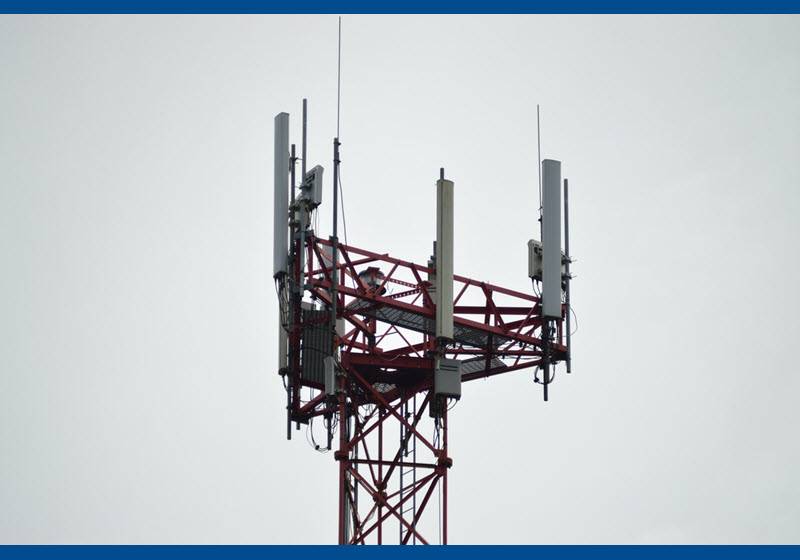
Availability and reliability of internet continues to frustrate rural Canadians while urban centers adapted to working and learning from home with little hindrance. Rural communities including farmers, industry, schools and reserves were left with weak solutions or none.
How bad is it? Modern internet speed is considered 50/10, affording the capacity to download at 50 Mbps and to upload at 10 Mbps. At these speeds, there is a clear divide between rural and urban Canada. In 2017, only 37% of rural households had access to 50/10 Mbps, compared with 97% of urban homes. Only about 24% of households in Indigenous communities have access to 50/10 Mbps. The lack of improvements to rural high-speed internet are painfully evident and requires leadership and focus at federal/provincial levels working with telecoms and stakeholders. Strong mandates and commitments relating to timelines of delivery of service must be part of the solution.
In December, the federal government initiated a consultation on a policy and licensing framework for the auction of spectrum in the 3800 MHz band. Spectrum refers to the radio waves that keep us all connected. From your AM/FM radio to your smartphone, all connected devices rely on different spectrum bands to relay and receive information. The 3800 spectrum band is important because it will be used to implement 5G connectivity, and this spectrum auction (the method the federal government uses to sell spectrum to telecoms) will determine the quality and pace of 5G deployment in rural communities.
This consultation closes February 15, 2022. The auction is expected in 2023. When will 5G network coverage be ubiquitous to agriculture? It’s going to take years, but this framework can help deliver connectivity faster if it holds telcos responsible for delivery and increases competition.
This consultation is reviewing rural deployment conditions for spectrum licenses. If a company purchases spectrum from the federal government, they should be held responsible to deploy that spectrum within a short time frame. Strong deployment conditions, with strictly enforced penalties for violating the conditions, are critical to ensuring operators are connecting rural Canadians.
Another key area that is being consulted on is “spectrum caps”. Spectrum caps are a mechanism that ensures carriers have enough spectrum to deploy a 5G network that can, among other services, deliver high-speed, high-quality wireless internet in rural Canada. The International Telecommunications Union (operated by the UN) has said a carrier needs approximately 100 MHz to deliver 5G speeds and capacity, including in rural communities. The government’s consultation proposes spectrum caps of 100 MHz, which is a positive step. Setting a cap of 100 MHz per telecom operator will increase competition by creating a level playing field. This will also ensure every market will be able to accommodate up to four 5G operators, further increasing competition in rural communities and infrastructure in areas where no connectivity currently exists.
This is a great opportunity for the government to deliver for rural Canadians and bridge the digital divide between rural and urban Canada. To the ministers and departments, design a spectrum auction that ensures four carriers in every market have access to enough spectrum to launch 5G networks, both for mobile services and wireless broadband. The best way to achieve this outcome is by limiting the amount of spectrum any single carrier can buy with caps and by implementing strong “use-it or-lose-it” deployment conditions.
Finally, to expedite technology adoption to Canada’s farms and ag retailers, 100% acre to acre coverage of 5G spectrum is required. .

Mitch Rezansoff
Executive Director
